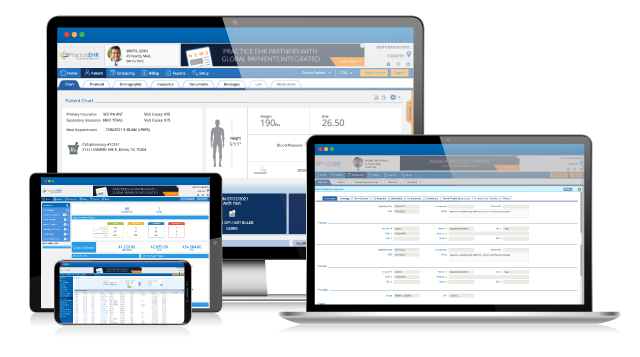Within the rapidly evolving environment of medical care, the importance of effective and efficient management systems cannot be ignored. As consumer expectations rise and compliance demands become more complex, healthcare providers are continually exploring ways to boost their services while delivering superior care. One of the most revolutionary tools at their disposal is clinical management software, which streamlines various management duties and enhances overall productivity.
By integrating practice management software into their practices, healthcare facilities can optimize appointment scheduling, billing processes, and patient interactions. This software not only lessens the administrative burdens on healthcare staff but also allows them to dedicate more time to caring for patients. As the healthcare field looks to the future, utilizing such advanced solutions will be critical in providing a smooth experience for both consumers and healthcare professionals alike.
Advantages of Practice Management Software
Practice management software enhances administrative tasks, helping healthcare providers to concentrate on patient care. By facilitating scheduling, billing, and documentation, the software minimizes the hours team members use for administrative work. This efficiency not only aids in lowering operational costs but also enhances the overall patient experience by ensuring efficient scheduling and accurate billing.
An additional benefit of this software is improved data management. This software allows for easy access to medical histories, which can be confidentially distributed among medical teams. With comprehensive data at their fingertips, clinicians can rapidly make informed decisions, leading to superior treatment outcomes. Additionally, the software often offers features for analytics and reporting, helping practices assess their efficacy and recognize where they can enhance operations.
Lastly, practice management software promotes compliance with legal standards. By maintaining documents and confirming that all practices are aligned with legal requirements, the software reduces the likelihood of potential fines and legal issues. This factor is essential in maintaining the trust of patients and protecting the reputation of healthcare organizations, resulting in a more secure and efficient clinical landscape.
Key Features to Look For
While considering software for managing practices, user-friendliness is paramount. A straightforward interface can greatly enhance the efficiency of medical staff, allowing them to familiarize themselves with the system quickly. Look for software that offers intuitive navigation and provides easy-to-follow guidance. This not only reduces the time spent on onboarding but also minimizes errors that could arise from miscommunication. An effective system should allow users to focus on patient care instead of grappling with complex technology.
Another critical feature to consider is integration capabilities. The finest practice management software can seamlessly connect with electronic health records and other important tools, ensuring a streamlined workflow. This integration diminishes data duplication and enhances correctness, enabling healthcare providers to access comprehensive patient information at their fingertips. Additionally, medicloudmed promotes easier communication between departments, contributing to a smoother healthcare experience for patients.
Analytical and reporting features are also crucial components of practice management software. Robust reporting features enable healthcare facilities to measure key performance indicators and gain knowledge into operational efficiency. These analytics can reveal trends, identify areas for improvement, and assist in predicting financial outcomes. By utilizing these tools, healthcare organizations can make smart choices, optimize resource allocation, and ultimately boost patient outcomes.
Challenges in Implementing Management Software and Their Solutions
Introducing PM software can pose various obstacles for healthcare providers. A major challenge is staff reluctance from employees who may be accustomed to standard operating procedures. Staff members might be unwilling to adapt to changing technologies, concerned with job security or the difficulty of innovative solutions. Mitigating this problem requires thorough training and clear communication from leadership to emphasize the benefits of the system and the ways it enhances their daily work.
Another frequent issue is integrating data with legacy technologies. A lot of healthcare facilities already use various software applications, which can lead to difficulties in merging data seamlessly. To address this challenge, healthcare providers should make a priority of finding PM software that offers robust interoperability features. Partnering with information technology experts to ensure a carefully designed data transition strategy is also key for a smooth transition.
In conclusion, ongoing support and maintenance are critical for the long-term effectiveness of practice management software. Various practices may face difficulties to keep up with the software or to stay current with updates and enhancements. Establishing a focused support group, whether internally or by collaborating with the software company, can ease these concerns. Ongoing input from end-users can guide necessary adjustments, ensuring that the system continues to meet the evolving needs of the practice.

